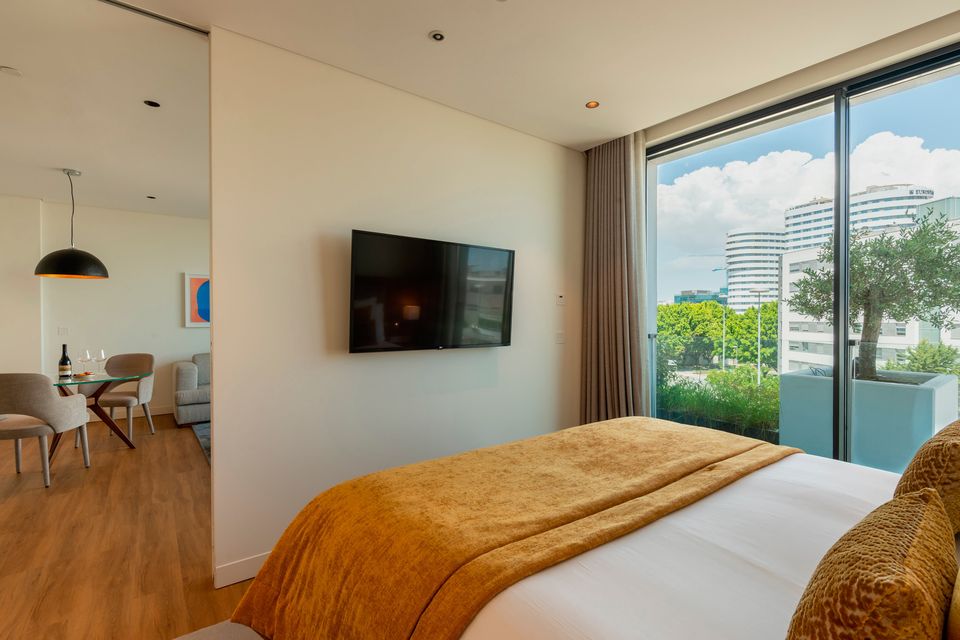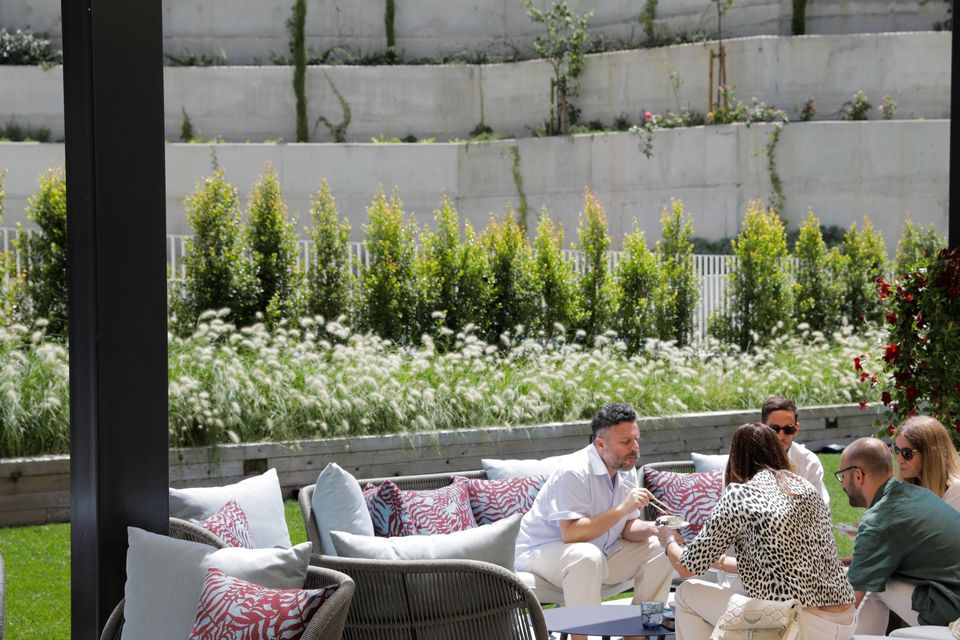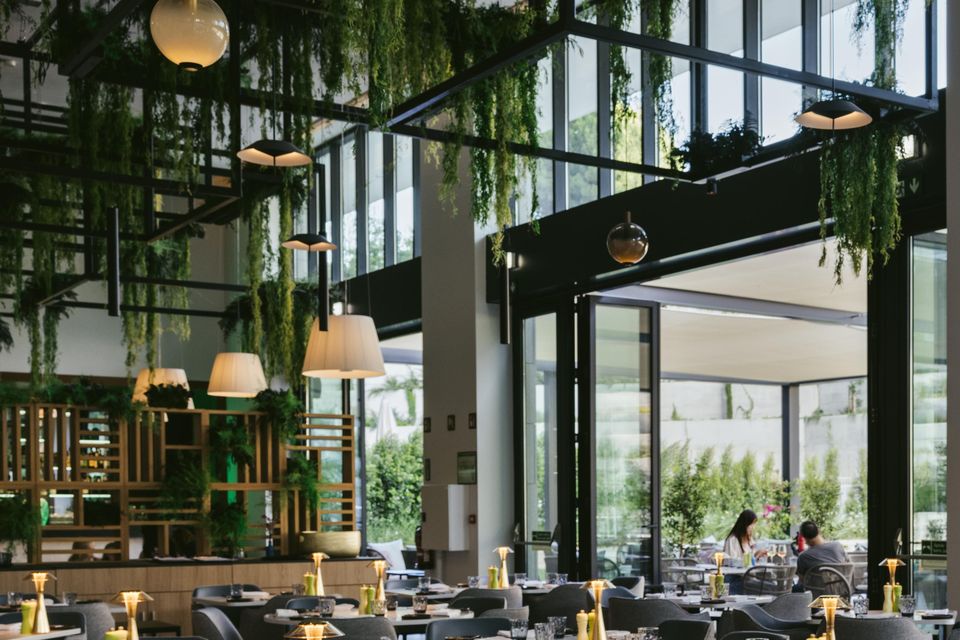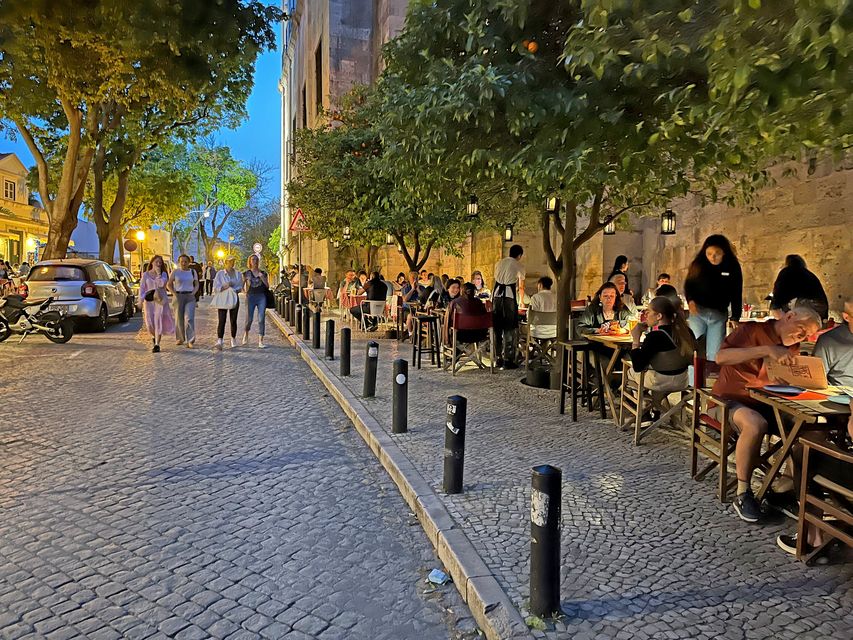Travel review: A love letter to Lisboa – a sun-splashed city full of character, class and cultural treats
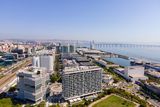

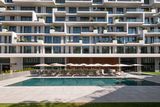



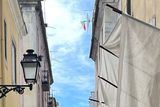

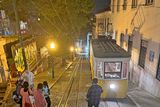
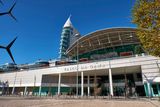



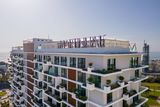





“What do you think of my city, it’s beautiful, huh,” quipped our white-haired taximan Amado, his elderly, sun-kissed face lit up with pride.
He was ferrying us back hotelwards from downtown Lisbon, and as he said so, his right palm momentarily left the steering wheel in a sweeping motion, like a cardsharp revealing a winning hand.
And the views were winning alright, the narrow cobbled streets finally yielding to a huge, restaurant-lined plaza, Terreiro do Paço — one of the largest squares in Europe — the mighty Tagus river a picture in the background as it twinkled in the evening sun.
“But here for you,” Amado added knowingly, no doubt smelling the stale hops off my breath as he pointed across the road, “a beer museum.”
The Museu da Cerveja opened in 2012 and is billed as a must-visit for beer aficionados — but it was too late for me unfortunately, I was heading to my hotel for the last supper, and then onwards to Dublin in the morning, so maybe next time.
We were booked for four nights in the magnificent five-star Martinhal Lisbon Oriente, opened just last summer in the Portuguese capital’s most modern district, the Park of Nations — all gleaming hotels, leafy boulevards, state-of-the-art stadiums and exhibition centres.
The terrace and pool area at Martinhal Oriente
Here too is the city’s main casino, if you’re so inclined, and what is probably the best aquarium in the world… but more on that later.
Back to dear old Amado. I find you can usually take the pulse of a city through the chit-chat of its taxi drivers, and so it was with him.
With a portrait of Mother Teresa pride of place on his dash, he just exuded humanity and warmth, much like the Portuguese people in general I think.
Lisbon — or Lisboa to the locals — is a city of stark contrasts.
As Amado, a mad Benfica fan was keen to point out, it’s proud of its socialist past. “Salazar was a good man,” he tells me of the former prime minister who ruled these parts with an iron fist for 36 years before democracy broke out in the Seventies.
But while it’s been in a rush to modernise since, so much of the city remains just as I imagine it looked centuries ago.
Indeed, spend an evening in Alfama, the old town, and the inescapable impression is of a place apart in western Europe.
It’s hands-down the most ancient place I have ever set foot, a narrow maze of steep winding streets and claustrophobic alleys, of cramped houses overlooking tiny squares, of imposing churches and subterranean restaurants that echo to the mournful strains of fado, the local folk music which, as folk music tends to do, laments life’s hardships and miseries.
Traditional restaurants in Alfama, the old town
But don’t let that put you off, there’s nothing else melancholy about this fascinating quarter of Moorish and medieval beginnings; of seamen, fishermen and fishmongers. A place “oblivious to the onslaught of time,” as one online guide memorably puts it.
There’s plenty here by way of restaurants too, although not much by way of choice.
It’s patriotically, unapologetically traditional, not a curry, taco or fast food outlet in sight. Nor even is there the old chicken peri-peri shacks so popular down south in the Algarve.
For the most part, it’s the food of the poor — lots of fish stews and eggs and cheap cuts of meats.
That said, after walking aimlessly up endless hills, we happened on a lovely little restaurant next to St Mary’s Cathedral — the oldest church in the city stretching back some 800 years — sitting down on the terrace under orange trees and moonlight to some small plates at Friends & Tapas.
Dinner under the orange trees at Tapas 'n' Friends in Alfama
Almost as ancient as the old town but not quite, is my favourite part of Lisbon — Bairro Alto.
Set on a hill — this is the City of Seven Hills, after all — it translates literally as the Upper District, and boasts to my mind the most stunning views of the city from the vantage point at Miradouro de São Pedro de Alcântara.
The terraced viewpoint overlooks the river and the São Jorge castle way out to the right, rising above the terracotta roofs of Alfama.
Bairro Alto is magnificent, but it’s a faded magnificence.
Like the old codgers standing dressed immaculately in their shirts and trousers in their 19th century balconies here, penniless yet proud as they puff on roll-ups, it has a lived-in face.
And like them, every single wrinkle here, every battle scar, every imperfection, has been hard-earned.
There’s plaster peeling off buildings, garish graffiti daubed on walls, the warren of cobblestone streets so steep and winding, even the modern open-top minibuses packed with tourists gasp for breath climbing them.
But it’s full of class, full of character, full of cultural treats.
A street in Bairro Alto
And it’s something of a crossroads too, a place where past meets present; where older tourists in search of history and the sights jostle with twentysomethings sinking passionfruit margaritas in Paco Bigotes, a Mexican bar directly across from the Miradouro de São Pedro de Alcântara viewpoint, or on down the hill at Pink Street, the bustling ground zero for the party people.
There are more than 200 watering holes here, and during the hotter months, rooftop bars such as Park and Insólito are the places to go, so I’m told.
At the top of the hill, we stopped off at Bar 52 for a fabulous glass of Douro red, sitting outside on the terrace to watch the world and the noisy trams go by.
The hostelry also boasts a cheeky solution to restricted space for patrons out on the narrow pavement — an old pick-up truck with the trailer converted into a sitting area with tables and cushions.
A novel way to expand terrace space at a wine bar on Bairro Alto
Our base was the Martinhal Oriente, complete with 82 stylish hotel accommodations. There are 75 branded residences here too, including seven penthouse apartments, some of which are still for sale.
It’s all extremely sophisticated and cool, with art on almost every wall and eye-catching, contemporary design throughout.
Catering for families as well as business movers and shakers, for short and longer stays, the luxury studios blend top class amenities — Smeg dishwashers, fridges and washer/dryers — with five-star service. There’s a gym, an indoor and outdoor swimming pool, a kids’ club and conference facilities.
And like everything else, the Terrace restaurant is a beautiful space. On our last night, we dined there and it was the best meal of the trip.
My black cod with pak choi, Asian pear and miso was delicious, but the pick of the bunch was the wife’s rack of lamb vindaloo with potato gratin.
The rack of lamb vindaloo at Martinhal Oriente
At this point, it’s maybe worth mentioning that the bathrooms in every studio come with those wee sprinkler things next to the toilet. And that you can adjust the temperature to cold. A little squirt of ice cold water can be a godsend after said vindaloo.
Moving on, the hotel is located in the Park of Nations, the district built from scratch back in 1998 when the city hosted the World Expo. As you’d imagine then, in city terms it’s all brand new and ultra-modern.
The leafy esplanade at Park of Nations
Many of the big hotel chains are here, housed in tall, elegant buildings, while the shopaholics among you can knock yourselves out at the Vasco da Gama Centró Commercial, a huge shopping complex across three floors five minutes from the hotel.
Indeed, they seem particularly proud of the 16th century explorer in the city where he’s buried, with a bridge — at 17km, Europe’s second-longest after the one in Crimea — a shopping centre, a nearby monument and a hotel all named after him.
That’s just in this square kilometre of Lisbon alone. And not to be outdone, the train station here, an architectural joy in its own right, pays homage to the great man too. Made from concrete, steel and glass, the roof structure is designed to look like palm trees, one of the things de Gama brought back from his travels to India.
A few minutes downhill from the hotel is the Oceanario, Lisbon’s world-famous aquarium, and what a wonderful tribute it is to the 362 million square kilometres of ocean all around us and its weird and wonderful inhabitants.
You can get up close and personal with Joy and Buzzard, the mating penguins who have spent their lives together. Two lovebirds, literally.
There’s sea turtles and sea otters, stingrays and clownfish, blacktip reef sharks and sinister sandbar sharks.
Did you know that sandbar sharks are cannibals even in the womb, the strongest embryos feasting on their unborn siblings. Or that sea otters have the densest fur in the animal kingdom, 155,000 hairs per sq cm.
You came here for a travel review but I’m chucking in a science lesson free of charge.
A sandbar shark at the Oceanario
Like any sun-splashed city, one of the best ways to see the sights is from an open-top bus, taking in the points of interest while learning at the same time from the running commentary.
And no potted history of Lisbon is complete without reference to the disaster which so shaped the city.
On November 1, 1755, 40,000 people died as the earth shook in a devastating earthquake, triggering a tsunami which swept over the city as fires consumed the hills.
The lower district of Baixa was destroyed and subsequently rebuilt, with citizens called upon to labour under a punishing sun in assembly line fashion. Now the area is considered the cultural, commercial, tourist and financial centre of the city.
I learned this and much more on a CitySightseeing tour, hopping on and off the red, green and blue lines at my leisure.
We passed through Chiada, where artists, writers and poets would have had it out, an elegant district of coffee shops, bookstores, boutiques and theatres.
The beautiful Parque Eduardo VII, named following the British king’s visit here in 1903; down through The Marquis of Pombal Square, which honours the statesman who rebuilt much of the city after the earthquake of 1755; and on to the Avenida da Liberdade, a huge, tree-lined avenue originally built for the nobility and now Portugal’s most expensive post code.
Here is the usual convergence of big European city consumerism — Gucci’s here, Saint Lauren, Prada, Emporium Armani, Louis Vuitton and the rest.
There’s fashion houses galore in fact, coffee houses, embassies and more besides, including the Martinhal Chiado, sister hotel to ours. But as pretty as it is, and it’s one of the most impressive downtown thoroughfares I’ve seen, for me, real, authentic Lisbon still lies in those charming higgledy-piggledy streets of Alfama and Bairro Alto.
My old friend Amado is right, it is beautiful here.
Travel factfile
■ Special Offer
Martinhal Lisbon Oriente invites you to be a trailblazer this summer and experience the most exciting new hotel with an amazing ‘Stay 4 nights, pay 3’ offer.
Prices from €496 (£425) for 4 nights, for 2 adults and 1 baby up to 2 years.
■ For further information and bookings, visit www.martinhal.com or contact res@martinhal.com
■ For more information about investment opportunities at Martinhal Residences visit https://www.martinhalresidences.com/
or contact info@martinhalresidences.com
■ Check out other luxury family-friendly Martinhals in Sagres (Martinhal Sagres), Lisbon city centre (Martinhal Chiado) and Quinta do Lago (Martinhal Quinta), all found at www.martinhal.com
■ Aer Lingus, Ryanair and TAP all operate daily flights from Dublin to Lisbon
Join the Belfast Telegraph WhatsApp channel
Stay up to date with some of Northern Ireland's biggest stories










